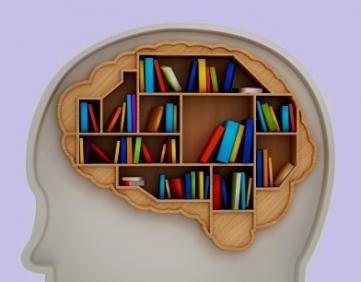By Erica Macheca

With ADHD rates skyrocketing, student engagement rates dropping for each year that kids are in school, and reports of failing schools commonplace, there are no shortage of difficult issues to tackle in our nation’s education system. But what if there were some relatively painless strategies for giving children and youth a learning boost in the classroom?
Fortunately, when it comes to memory, there are tangible steps that children and adults can take to improve their memory and focus. Veteran teacher Kim Bevill shared some of these during a webinar hosted by the Denver Museum of Nature & Science, titled “Memory in the Classroom.”
First on the list, as you may have guessed, is sleep. School-age children and youth need between 10 and 12 hours of sleep each night. Missing those last two hours of sleep may prevent the formation new neural connections, making it difficult—if not impossible—to store memories in the hippocampus, our short-term memory storage device.
Another essential strategy for improving memory is to counteract stress, which stops memory formation in its tracks. When the brain is diluted with stress hormones, it’s virtually impossible for the hippocampus to store memories. When children and youth come to school stressed, they are less likely to retain what they are taught.
Here are a few research-based stress-busters that Bevill suggests (some of which are surprising!):
- Focus attention on breathing: Count to 6 while breathing in and again while breathing out (12 counts total). Research has shown this to have immediate stress-relieving results.
- Encourage present-time thinking: Keep students focused on the here and now. Helping kids engage in the classroom also helps them leave their worries (and stress) behind.
- Provide drink and/or snack breaks, even if it’s just a drink of water. Eating or drinking anything increases our levels of serotonin and dopamine, the “feel good” neurotransmitters, which lowers stress.
- Laughter provides instantaneous stress relief, so helping kids enjoy a joke helps their memory.
- Listening to music or making music reduces stress.
- Read to your students, or give them opportunities to read in the classroom. Stress relief is attained after six minutes of reading.
A key strategy for increasing students’ attention is to incorporate exercise into the school day. Exercise, particularly aerobic, offers abundant benefits to brain health, memory, and learning. The exercise that children get at gym and outdoor recess is often essential in order for them to attend to the tasks of the day—especially for kids who struggle with attention, such as those with ADHD. These kids need to move to stimulate their brains.
For a quick memory boost (by increasing blood flow to the brain), Bevill suggests jumping jacks, skipping rope, and balancing exercises, such as leaning back until your “core” is supporting you. Since many studies have found that children who do not move find class boring, Bevill recommends that students sit for no more than 20 minutes at a time. Giving kids a chance to move around throughout the day will help prevent boredom and increase their engagement.
Bevill’s final strategy is to “spice up” a topic as much as possible, as emotional, “juicy,” fascinating things have been found to be easier to learn than more neutral subjects. For example, when teaching children how to spell the word “window,” Bevill suggests using a picture of a broken window, which is more interesting than a standard window and therefore more likely to catch students’ attention. Beginning a new topic with an interesting video or clip from a movie can also spark attention and engagement. Acting out literature can make it more memorable; Bevill notes that Readers’ Theater, which provides script forms of books, is a great resource. One caution Bevill shares is that content must be meaningful to be memorable. When seeking interesting or provocative examples, be sure that you don’t stray too far from your students’ personal experience or understanding of the world.
Brain research is an important area that offers hope for struggling students and aging adults alike. If you are a teacher or parent, what other methods for engaging students in the classroom (or at home) do you use to increase their memory and focus? Please share your thoughts and comments below.*
*Email addresses will be kept confidential.
Don’t miss out—sign up here to receive our blog, Promote Prevent Perspectives, in a weekly email!